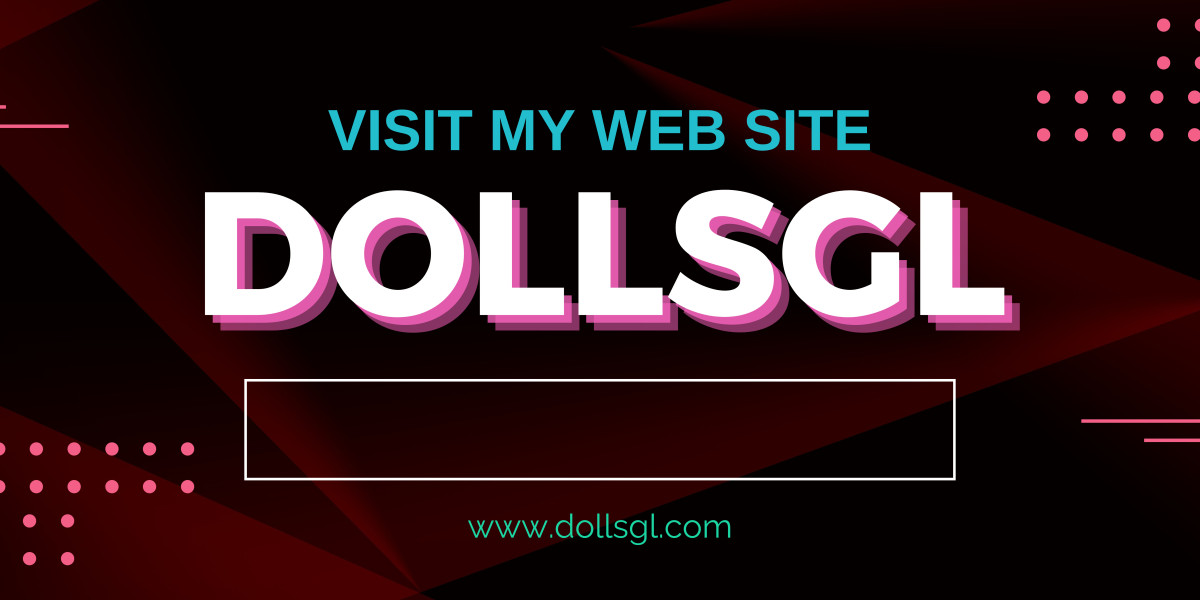In a fashion world often dominated by exclusivity, hype, and a certain aloof coolness, one brand has carved a niche for itself by standing for something radically different: optimism. Mad Happy isn’t just a name; it’s a mindset, a mission, and a movement. Founded in 2017 by a group of young creatives in Los Angeles, the brand has quickly become a cultural beacon for a new generation that values mental health, emotional honesty, and community as much as it does aesthetics and streetwear credibility. In a sea of fast fashion and fleeting trends, Mad Happy has emerged as a brand with a purpose — and people are listening.
The Origins of Optimism: How Mad Happy Was Born
The inception of Mad Happy stems from a very real, personal space. Co-founders Peiman Raf and Noah Raf, alongside their friends Mason Spector and Joshua Sitt, didn’t start the brand as a marketing gimmick. They launched Mad Happy as a genuine attempt to change the conversation around mental health and emotional well-being. Each of the founders had their own battles with anxiety, depression, or other mental health challenges, and they saw a vacuum in the streetwear space where authenticity and vulnerability were almost non-existent.
So, they flipped the script. Instead of hiding behind the typical bravado of street fashion, they chose to embrace and showcase emotional openness. The name "Mad Happy" itself is a juxtaposition — it represents the duality of emotions that people experience, the ups and downs that come with being human. This core idea would go on to influence not just their designs but their community-building efforts and social impact initiatives.
Streetwear With a Soul: Aesthetic Meets Intention
Mad Happy’s clothing is instantly recognizable, not necessarily for intricate patterns or wild prints, but for its emotionally charged simplicity. Hoodies, sweatpants, tees, and accessories are often minimal in design but powerful in messaging. Pieces are emblazoned with affirmations like “Local Optimist,” “Mental Health Is Health,” or the simple but resonant “Mad Happy.” The fonts are clean, the color palettes are thoughtfully curated — soft pastels, earth tones, and subtle neons that convey warmth, peace, and emotional nuance.
But what really sets Mad Happy apart is that the clothes don’t just say something — they mean something. Each piece is a conversation starter. The brand has mastered the art of creating garments that are both wearable and impactful, blending the visual language of classic streetwear with the emotional honesty of a personal journal.
Moreover, their limited drops and capsule collections keep demand high while reinforcing the brand’s commitment to thoughtful, intentional production. They aren’t churning out endless styles just to keep up with trends — they’re creating meaningful pieces that people can connect with emotionally.
Mental Health at the Core: The Local Optimist Initiative
At the heart of Mad Happy is its commitment to mental health advocacy. In 2020, the brand launched The Local Optimist, a digital platform and content hub dedicated to mental wellness. More than just a marketing tool, this initiative functions as an educational and supportive space where users can find interviews, articles, guided meditations, mental health resources, and stories of personal growth and struggle.
They've also introduced The Mad Happy Foundation, a non-profit that supports mental health efforts through fundraising, awareness campaigns, and partnerships with organizations such as The Jed Foundation and the Child Mind Institute. A portion of the brand’s proceeds go directly to funding these initiatives, ensuring that buying a hoodie isn't just a fashion statement — it's a contribution to a greater cause.
Mad Happy has worked hard to destigmatize mental health by making it a consistent part of the conversation. They don’t just talk about mental health once a year in May for Mental Health Awareness Month; they live it, breathe it, and build it into everything they do. It’s in their product descriptions, in their pop-ups, and in the way they interact with their community.
Community-Centered Branding: Pop-Ups With Purpose
Madhappy Hoodie retail presence is just as intentional as its messaging. Instead of opening standard brick-and-mortar stores, the brand focuses on immersive, community-first pop-up experiences. These pop-ups are not just about selling product — they’re about building community, encouraging dialogue, and fostering connections.
For example, one of their early pop-ups in Los Angeles featured a wall where visitors could write down what made them feel optimistic. Others included free therapy sessions, wellness talks, or collaborative art spaces. These experiential touchpoints have helped Mad Happy transcend the label of "clothing brand" and become more of a lifestyle and emotional wellness brand.
The pop-ups create a sense of intimacy and belonging, a rarity in the often impersonal world of retail. By bringing people together in physical spaces and giving them a chance to express their feelings, Mad Happy has effectively turned fashion retail into a platform for emotional healing.
Collaborations That Matter: Aligning With Like-Minded Brands
Collaborations have become an essential part of Mad Happy's growth strategy, but they don’t collaborate for clout — they collaborate for alignment. Every partnership they pursue must reflect their core values of optimism, community, and wellness.
One notable example was their collaboration with Columbia Sportswear, which blended Columbia’s outdoor utility with Mad Happy’s optimism-driven design ethos. Another was a partnership with Vans, which reimagined classic silhouettes through the lens of emotional expression. They’ve even partnered with luxury entities like Aspen Skiing Company to create exclusive winter collections that blend performance with positivity.
These collaborations are carefully curated, never forced. Each one represents a merging of values, allowing Mad Happy to extend its message to new audiences without diluting its core identity.
Gen Z’s Brand of Choice: Speaking the Language of the Youth
Mad Happy has resonated particularly strongly with Gen Z — a generation more attuned than any before to issues like mental health, emotional intelligence, and social justice. For Gen Z, fashion is not just about looking good; it's about feeling good and doing good. This generation craves authenticity, and Mad Happy provides that in spades.
The brand doesn’t rely heavily on celebrity endorsements, yet it has a cult following that includes figures like Gigi Hadid, LeBron James, and Dua Lipa. But even more importantly, it has won over everyday consumers who see Mad Happy not as a trend but as a representation of their values.
Mad Happy speaks the language of Gen Z without trying too hard. They understand meme culture, mental health discourse, and digital community-building. Their social media strategy is clean, thoughtful, and reflective of their mission. They don’t just post product shots; they share journal entries, self-care tips, and affirmations — content that builds emotional resonance.
The Power of Positivity in a Post-Pandemic World
The COVID-19 pandemic changed how the world thinks about mental health. Isolation, anxiety, and grief became common experiences. During this time, Mad Happy’s message of emotional openness and community support became more relevant than ever. The brand offered people not just clothing, but comfort — a sense of solidarity, a reminder that it’s okay to not be okay.
As the world began to heal, Mad Happy positioned itself as a guidepost for emotional recovery. Their releases during the pandemic often included therapeutic language, affirmations, and messages encouraging self-care. They even distributed journals and wellness guides with their orders, bridging the gap between product and purpose in a way few other brands could.
This timing, paired with their unwavering commitment to their mission, helped solidify Mad Happy as a brand that genuinely cares about its community — not just in words, but in action.
A Vision for the Future: Scaling Without Losing Soul
As Madhappy Tracksuit continues to grow, one of the biggest challenges it faces is maintaining its core ethos while expanding globally. Growth often leads to dilution for many brands, especially those rooted in cultural or emotional movements. But Mad Happy seems aware of this pitfall and is navigating growth with caution and care.
They’ve hinted at plans for more international pop-ups, expanded content on The Local Optimist platform, and broader mental health education initiatives. But at the same time, they remain committed to intentionality — not rushing to open dozens of stores or flood the market with product. This slow-burn strategy, though counterintuitive in today’s rapid commerce climate, is part of what makes Mad Happy so trustworthy and authentic.
Why Mad Happy Matters
In a world where fashion is often skin-deep, Mad Happy is offering something deeper — a conversation, a community, and a cause. The brand has redefined what it means to be "cool" in fashion. Cool isn’t just edgy or exclusive anymore — it’s emotionally intelligent, socially aware, and vulnerable.
Mad Happy is proof that a brand can be both stylish and socially impactful, that it can drive profit and purpose simultaneously. They’ve shown that optimism isn’t naivety — it’s courage. And in doing so, they’ve given people a reason to believe that fashion can heal, that a hoodie can be more than fabric, and that community is the new currency.
As more people look for meaning in what they wear, Mad Happy stands as a blueprint for how brands can be emotionally resonant, ethically responsible, and still wildly desirable. It’s more than a brand — it’s a hopeful reminder that even in the chaos of modern life, happiness, though complex and sometimes fleeting, is still possible.







